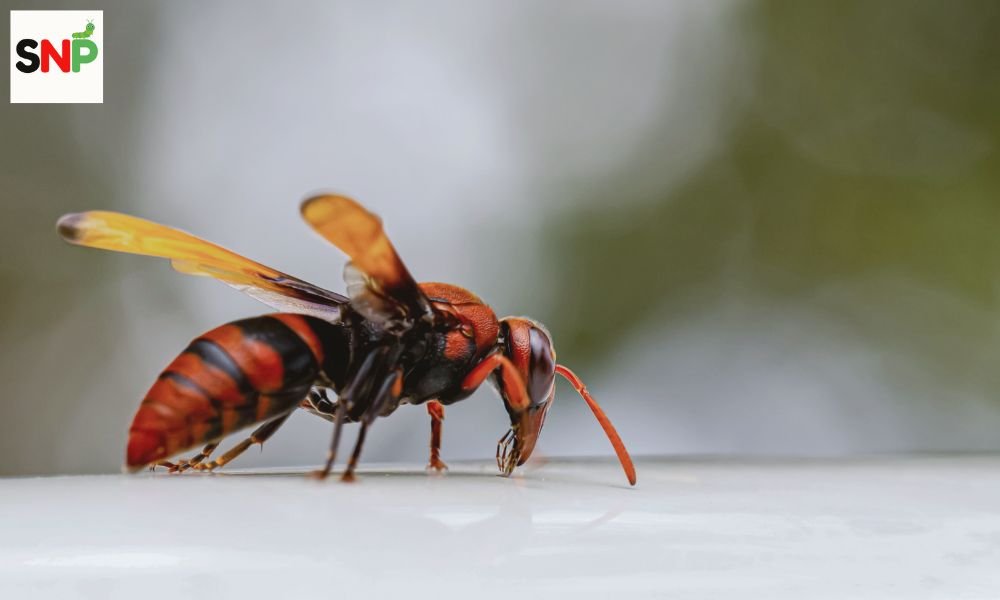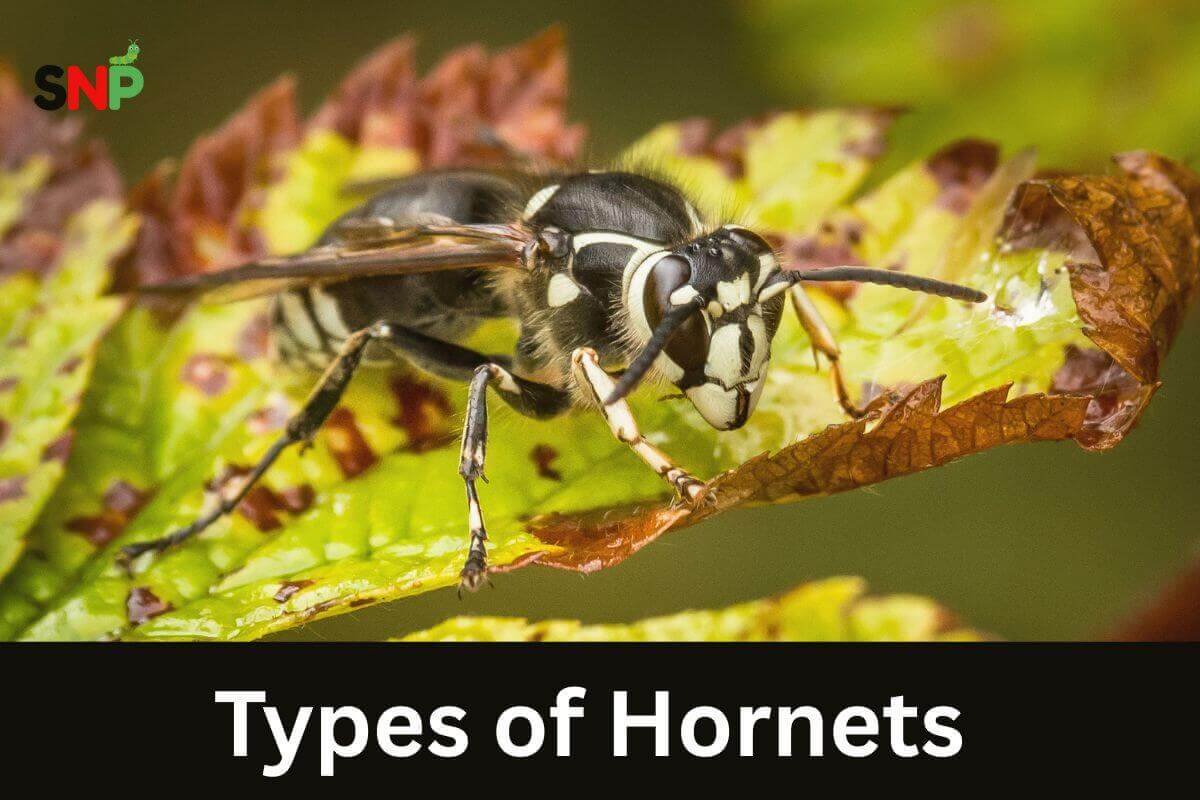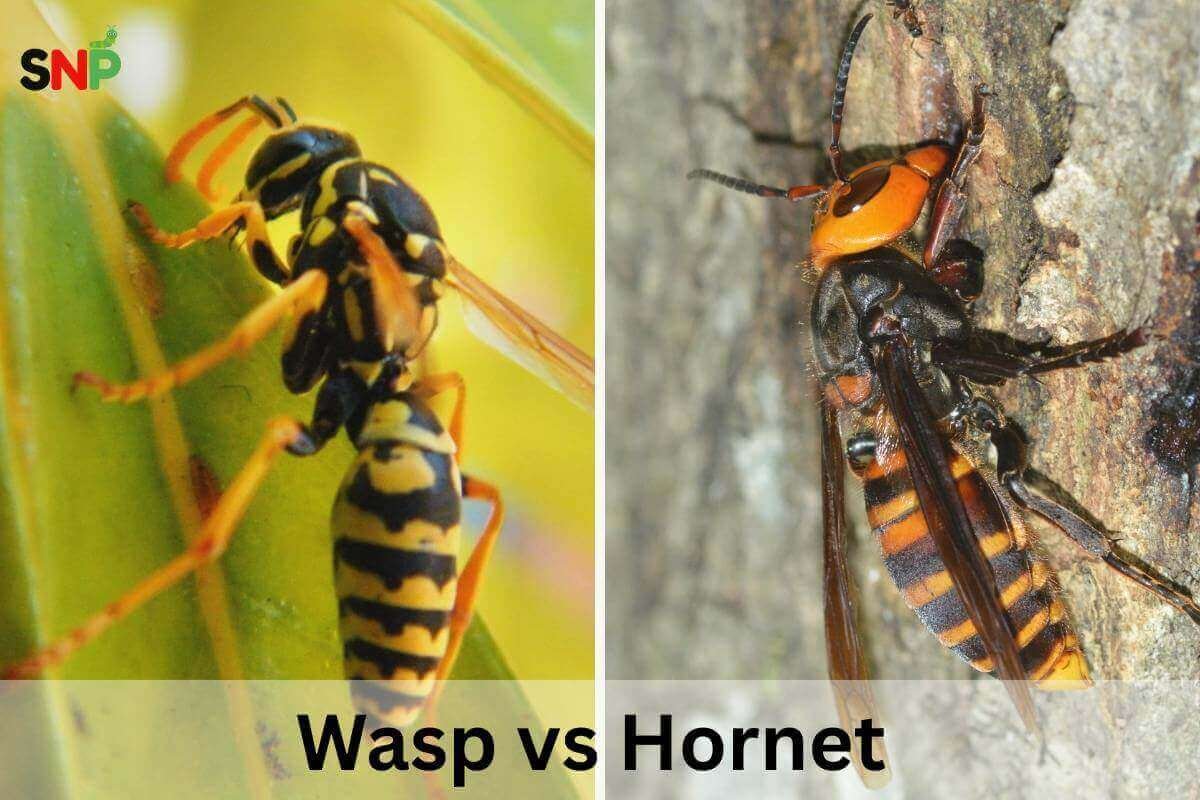The United States possesses various stinging insects, yet hornets maintain the distinction of being the most recognisable insects throughout the country. Identifying types of hornets alongside their lifestyle patterns and their distinctions from other stinging insects enables efficient hornet pest control, which protects both residential areas and family members from harm. This post examines the major types of hornets, together with hornet insect food choices and effective hornet insect control methods, and the distinctive characteristics between bee vs wasp vs hornet.
Types of Hornets
The world is the home of a handful of common types of hornets, a few of which can be found in the United States.
- European Hornet: The European hornet is the only real hornet in the Americas. They are large, about an inch to 1.4 inches, with a yellow and brown color and are not typically aggressive. They tend to construct their homes in the hollow of trees, barns, or attics. They are social insects living in colonies of 200 to 700.
- Bald-faced Hornet: Despite its name the actual outbreak should be classified as a wasp rather than a hornet. Although it goes by the name of hornet bug in the U.S. it remains a wasp in genuine identification. This insect exists in black color combined with a white body structure and tends to build large football-shaped nests throughout trees or bushes. Each single colony contains many workers which total up to hundreds.
- Asian Giant Hornet: The scientific name for this species may be murder hornet but we must recognize that it originates from elsewhere and continues to exist solely in the Pacific Northwest. This enormous hornet currently stands as the largest insect species worldwide because of its size, yet possesses deadly sting power along with a feared reputation in attacking hives.
- Common Yellow Hornet: This native American hornet is also known as a ground yellow jacket, as it has a black body with yellow bands and typically builds its nest above the ground.

What Do Hornets Eat?
Hornet bugs’ food sources are diverse, both for their individual needs and the conservation of their environment. The adult hornets rely mostly on sweet substances, including nectar, together with fruit juices and tree sap, in their diet. Due to their sweet preference, hornets seek out both beverage sweets and syrup together with beer, regardless of whether they just woke up. They do not lose any time in stockpiling their food reserves when they detect possible danger or when hibernating, it is also around then that hornets drink all the sweet stuff around, which is not consumed by insects.
Hornets are predators who search for other insects that they can eat, including flies, caterpillars, and sometimes even other wasps and bees. They chew their catch well and produce so-called “soup,” having a high content of protein, and feed their youngsters with it. This is the behaviour of a predatory animal that also controls the population of pest insects. However, it is also a threat to the existence of the honey bee colonies.

Hornet Pest Control
It is impossible to overestimate the importance of effective hornet pest control as a method of ensuring everyone’s safety from those hornet nests that are located nearby or in areas where people are usually present. Here is a series of steps on how to manage a hornet infestation:
- Locate the Nest: Observe and ass the hornet activity at dawn or dusk, as during those hours, the hornets are less active.
- Use Targeted Sprays: Apply the wasp and hornet killer spray on the entrance to the nest directly during the evening, when all hornets are inside. Wet the nest well to make sure there are no more hornets in it and that all the hornets killed.
- Apply Infestation Barriers: Take products, such as Sylo Insecticide, and spray the area around your home to keep new nests from being built. Spray the entry points, eaves, and similar areas, as well as the nest.
- Treat Voids: Apply dust pesticide to any possible holes, cracks, and similar voids where hornets might hide or nest.
- Professional Help: Professional hornet pest control services should employed when you cannot handle a big nest or access it due to its location or you have allergies to hornet stings.
Attack on a hornet nest should never occur in daylight since hornets maintain extreme territorial behavior and show intense aggression toward intruders.

Bee vs Wasp vs Hornet
The bee vs wasp vs hornet debate often confuses, but understanding the differences is key to identification and safe
Bee
- Body Shape: Round and hairy
- Color: Yellow-brown with black stripes
- Aggression Level: Low; generally non-aggressive unless provoked
- Nesting Style: Builds wax combs; nests usually hidden in hives or cavities
- Diet: Primarily nectar and pollen
- Sting: Barbed sting; can sting only once, then dies
Wasp
- Body Shape: Slender and smooth
- Color: Bright yellow and black with a shiny appearance
- Aggression Level: High; can sting multiple times
- Nesting Style: Builds paper-like nests; can be exposed or hidden in eaves, bushes, or attics
- Diet: Feeds on insects and nectar
- Sting: Smooth sting; capable of stinging repeatedly
Hornet
- Body Shape: Large, robust, and smooth
- Color: Usually brown and yellow, or black and white
- Aggression Level: Very high; extremely defensive and aggressive
- Nesting Style: Creates large paper nests, often in trees or on buildings
- Diet: Consumes insects, nectar, and fruit
- Sting: Smooth sting; can sting multiple times and is more painful than bee or wasp stings
Hornets are generally larger and more aggressive than both bees and wasps. Their stings are more painful and can cause severe reactions, making hornet pest control especially important near homes.
Conclusion
One must understand what the different types of hornets are and what their habits consist of, so effective pest control of them can be carried out, and the stinging insects that swarm over someone’s property can be identified so that they can be dealt with. The bugbearers are that kinds of creatures that are aggressive to a person, in case a conflict erupts between them, and that are predators of many other species. The different natures of bee vs wasp vs hornet, allow you to react accordingly to their bites and prevent their occurrence in your environment.




